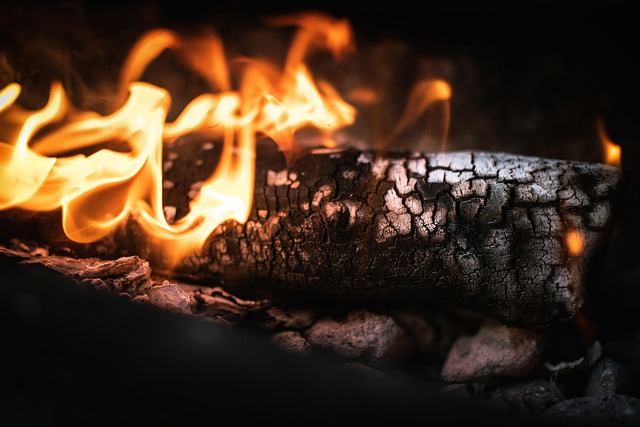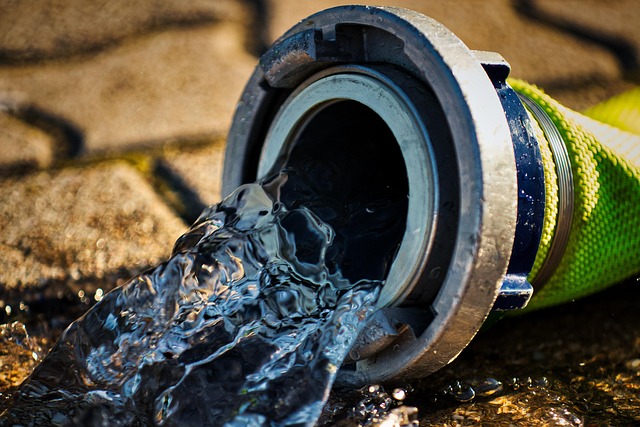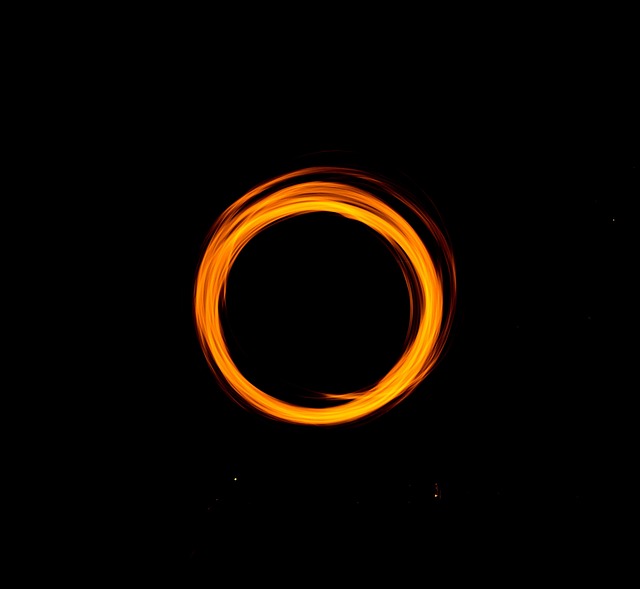After a fire, removing smoke odor from Seguin homes is crucial for restoration. This involves assessing damage, deconstructing affected areas, and using specialized techniques like air purifiers, odour-neutralizing chemicals, or molecular filtration systems to eliminate persistent odors. Restoration companies employ meticulous methods, high-quality materials, and proper ventilation to restore walls and ceilings while ensuring safety and aesthetic integrity.
In Seguin, fire restoration goes beyond simply rebuilding; it involves meticulous healing of wall and ceiling surfaces marred by flames and smoke. Understanding fire damage’s unique impact is crucial for effective restoration. This article guides you through the process, from deciphering the extent of harm to implementing best practices for removing stubborn smoke odor. Learn how to restore your Seguin home to its former glory, transforming damaged walls and ceilings into vibrant, odour-free sanctuaries once again.
- Understanding Fire Damage and Its Impact on Wall and Ceiling Surfaces
- The Process of Removing Smoke Odor from Fire-Damaged Homes
- Restoring Fire-Damaged Walls and Ceilings: Techniques and Best Practices
Understanding Fire Damage and Its Impact on Wall and Ceiling Surfaces

Fire damage can leave walls and ceilings in a state of disarray, requiring professional restoration to return them to their pre-fire condition. The intensity of the flames and the subsequent heat can cause various issues, from charring and burning to melting and warping. Not only does this physical damage need to be addressed, but fire also leaves behind a distinct odor—a telltale sign of its presence. This smoke odor is not merely an annoyance; it’s a result of complex chemical reactions that occur during combustion. In Seguin homes, removing this persistent smell is a crucial step in the restoration process.
The impact of fire extends beyond visible damage. Smoke particles and gases can infiltrate surfaces, leaving behind a lingering scent that permeates the air. This odor not only affects the overall atmosphere but also poses health risks if left untreated. Professional restoration services understand these challenges and employ specialized techniques to remove both physical damage and smoky residues, ensuring walls and ceilings are restored to their original state, free from unpleasant odors.
The Process of Removing Smoke Odor from Fire-Damaged Homes

After a fire, one of the most significant challenges homeowners face is removing smoke odor from their homes in Seguin. Smoke contains various chemicals that can leave behind unpleasant smells long after the flames are extinguished. The process typically involves several steps to ensure effective deodoration.
First, it’s crucial to remove visible evidence of damage and debris. This includes cleaning walls, floors, and ceilings. After thorough cleaning, specialized odor removal techniques come into play. These often include using air purifiers, odour-neutralizing chemicals, or even molecular filtration systems that target and eliminate smoke-related compounds. In Seguin, many restoration companies employ these methods to restore not just the physical structure but also the fresh scent of homes post-fire.
Restoring Fire-Damaged Walls and Ceilings: Techniques and Best Practices

Restoring fire-damaged walls and ceilings requires a meticulous approach to ensure the safety and aesthetic integrity of your home. The initial step involves assessing the extent of damage, which includes identifying charred or singed areas, water stains from firefighting efforts, and potential structural instability. Once the scope is established, professionals can begin the process of deconstructing and removing affected materials, such as drywall, insulation, and painted surfaces. This careful removal is crucial to prevent further contamination and ensure proper cleaning later on.
After deconstruction, specialized techniques are employed to restore the walls and ceilings. This includes using advanced odor removal methods to eliminate persistent smoke odors, which can deeply infiltrate surfaces. Best practices dictate the use of high-quality materials that meet fire safety standards, ensuring that restored areas are as resilient and secure as the original construction. Proper ventilation and humidity control are also vital throughout the restoration process to mitigate mold growth and maintain air quality in Seguin’s homes post-fire.
Fire restoration is a meticulous process that requires expert knowledge to restore wall and ceiling surfaces affected by flames, heat, and smoke. Understanding the impact of fire damage and employing effective techniques for removing smoke odors are crucial steps in the recovery process. By adhering to best practices, Seguin residents can ensure their homes not only look as good as new but also create a healthier living environment after a fire. This comprehensive guide equips homeowners with valuable insights into navigating the restoration journey, from assessing damage to achieving a seamless recovery.
